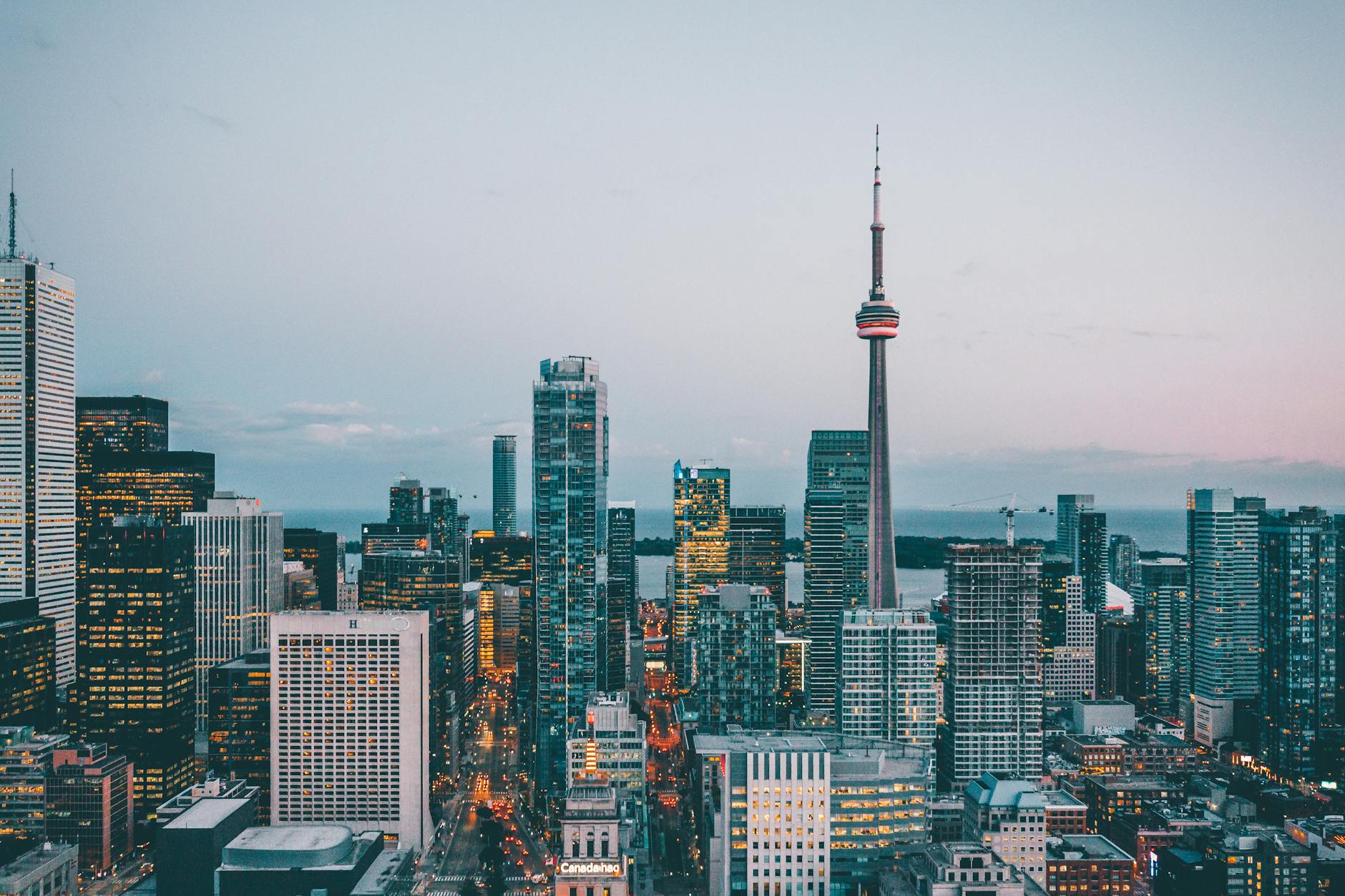

Morphology and Distribution
Mahogany is a large tree with a height of 35–40 m and a diameter of up to 125 cm. Straight trunk, cylindrical and not buttressed. The outer bark is blackish brown, with shallow grooves like scales, while the inner bark is grey and smooth when young, turning dark brown, grooved and peeling as it matures. Mahogany only blooms after seven years; the flower crown is cylindrical, brownish yellow, the stamens are attached to the crown; the anthers are white, brownish yellow. The fruit is a boxed fruit, oval, with five grooves, and the colour is brown. Flat seeds, black or brown in colour. Mahogany is found grow wild in teak forests and other places close to the coast or planted on roadsides as a shade tree. This plant, originally from the West Indies, can thrive if it grows in brackish sand near the beach.
Benefit
Mahogany fruit for treatment
Mahogany trees can reduce air pollution by around 47% – 69%, so they are called shade tree as well as air filters and water catchments.[7] The leaves are in charge of absorbing the surrounding pollutants. On the other hand, the leaves releases oxygen (O2) which makes the surrounding air fresher.[7] When it rains, the soil and the roots of the trees will bind the falling water so that it becomes a water reserve. Mahogany fruit contains flavonoids and saponins [8]. It is said that the fruit can improve blood circulation, so people with aterosklrosis (blood flow blockage) are advised to use this fruit as medicine. This fruit can reduce cholesterol, fat accumulation in the blood vessels, reduce pain, bleeding and bruising, and act as an antioxidant to get rid of free radicals, prevent pestilence, reduce body fat, help boost the immune system, prevent blood clots, as well as strengthen liver function and slow the blood clotting process.
Mahogany as a road shade
Mahogany can survive in arid land makes this tree suitable for planting on the side of the road, naturally. This plant is not a novelty to the people of Indonesia, especially in Java. Since the Dutch colonial era, mahogany and its companion, Tamarind, have been widely planted on the roadside as shade, especially along the road built by Daendels between Anyer to Panarukan. Over the last 20 years, mahogany plants have begun to be cultivated because the wood has a relatively high economic value. The quality of the wood is rigid and perfect for furniture, carvings and handicrafts. Mahogany is often used as material for rulers due to its not easy-to-change nature. The quality of mahogany wood is slightly below teak, so it is often dubbed the second prima donna in the timber market. Another use of the mahogany plant is the skin used to colour clothes. Fabric that is boiled with mahogany skin will turn yellow and will not fade quickly. Meanwhile, mahogany sap, also known as blendok, can be used as raw material for glue, while mahogany leaves can be used for animal feed. Mahogany seed extract can also be used as a phyto-pesticide to control pests in cabbage, namely Plutella xylostella and Crocidolomia binolalis, especially when the pests are in the larval stage. The use of botanical insecticides is an alternative control that aims to reduce the negative impact of the unwise use of synthetic insecticides.
Growth Conditions
Mahogany can thrive in brackish sand close to the beach, and it likes a place with enough direct sunlight. This plant is a type of plant that can survive even in arid soil. Although it hadn’t been watered for months, mahogany is still able to survive. Location requirements for mahogany cultivation include a maximum land height of 1,500 meters above sea level, rainfall of 1,524-5,085 mm/year, and an air temperature of 11-36 C.
Mahogany Wood Uses
Jepara furniture industry has been using mahogany wood as their furniture’s primary raw material besides teak. They generally use this type of wood for classic furniture models. Why is it? Nobody knows, but in our opinion, the classic model furniture buyers are from Europe and America, where mahogany wood is classified as one of the most expensive and luxurious. You must be wondering why they choose mahogany over teak; it’s because Europeans and Americans know teak as a block of solid and tough wood. In Europe and America, furniture made of teak wood is only for outdoor use and shipbuilding raw materials.
Advantages of Mahogany